Flamenco Guitar: History & Cultural Significance
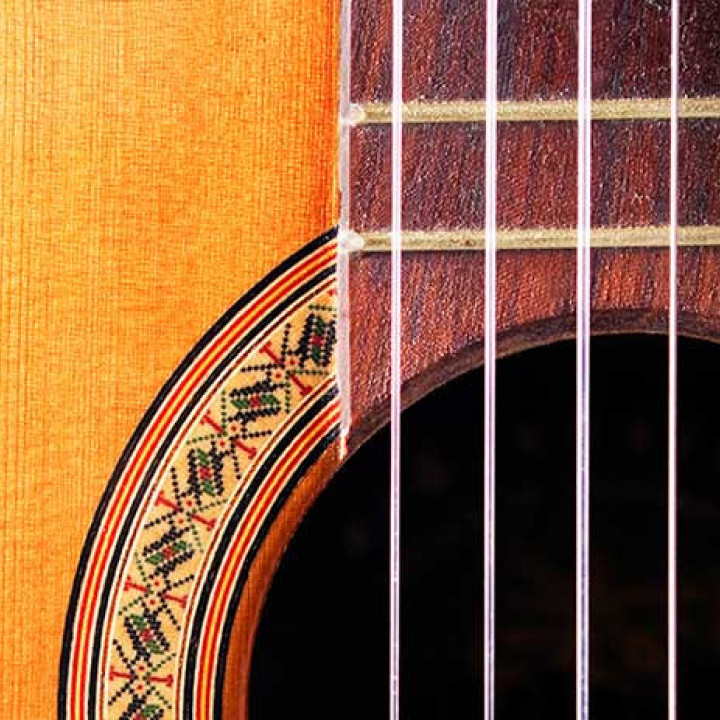
Flamenco is one of the most iconic and passionate expressions of Spanish culture, and at its heart lies the captivating sound of the flamenco guitar. Known for its fast strumming techniques, intricate fingerpicking, and emotional intensity, flamenco guitar has a rich history that reflects the cultural fusion of Spain's diverse influences. Whether you're a music enthusiast, a dancer, or someone who appreciates cultural artistry, understanding flamenco guitar can deepen your appreciation for this unique musical form.
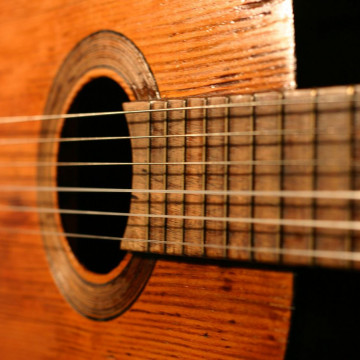
A Brief History of Flamenco Guitar
Flamenco music emerged in Andalusia, Spain, around the 18th century, evolving from a blend of Gypsy, Moorish, Jewish, and Andalusian influences. The guitar became a central instrument in flamenco, allowing musicians to express deep emotion and storytelling through their melodies.
In its early days, flamenco was primarily a vocal art form, but the introduction of the guitar added a new dimension. Guitarists often accompanied singers, providing rhythm and harmony while also performing intricate solos. The art of flamenco guitar is characterised by techniques such as rasgueado (rapid strumming), picado (scale runs), and tapping (percussive elements), creating a dynamic interplay between rhythm and melody.
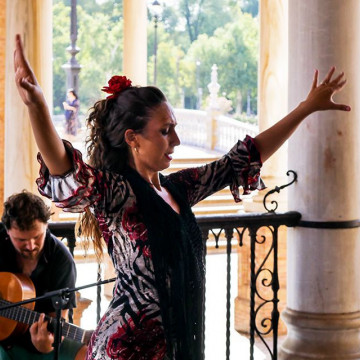
The Cultural Significance of Flamenco Guitar
Flamenco is more than just music; it’s a way of life that embodies the spirit of the Andalusian people. The guitar serves as a voice, expressing emotions ranging from joy to sorrow, reflecting the rich tapestry of human experience. Each performance tells a story, often drawing from the guitarist’s own life and cultural background.
The flamenco guitar also plays a crucial role in dance, with guitarists collaborating closely with dancers to create a cohesive performance. The intricate footwork and graceful movements of flamenco dancers are often guided by the rhythms and melodies of the guitar, making it an essential element of flamenco shows.
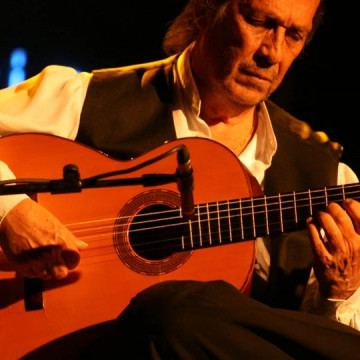
The Evolution of Flamenco Guitar
As flamenco gained popularity, the guitar underwent significant evolution. Traditional flamenco guitars, known as "toñas", are lighter than classical guitars, allowing for a more percussive sound. Over the years, flamenco guitarists have also experimented with different materials and techniques, leading to variations in tone and style.
The influence of flamenco has reached beyond Spain, inspiring musicians worldwide. Today, many artists blend flamenco with other genres, such as jazz, rock, and classical, creating innovative fusions that continue to push the boundaries of this art form.
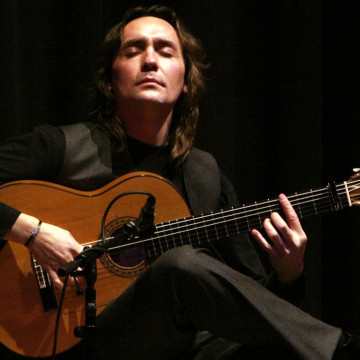
Learning Flamenco Guitar
For those interested in learning flamenco guitar, it’s essential to find a skilled instructor who can guide you through the techniques and traditions of this art form. Many music schools and community centers offer classes, and dedicated flamenco guitar teachers can provide tailored lessons to help you master the intricacies of this unique style.
If you’re a beginner, start by familiarizing yourself with basic flamenco rhythms and techniques. As you progress, explore the rich repertoire of flamenco pieces, from traditional to contemporary compositions. Listening to renowned flamenco guitarists, such as Paco de Lucía and Vicente Amigo, can also inspire your journey.
Flamenco guitar is a beautiful and complex art form that embodies the passion and cultural richness of Spain. Its history, evolution, and cultural significance make it a fascinating subject for music lovers and cultural enthusiasts alike.
If you’re eager to experience the magic of flamenco guitar firsthand, don’t miss the chance to attend our upcoming Flamenco Show featuring Leo Power. Immerse yourself in the rhythms and melodies that define this vibrant tradition, and witness the art of flamenco come to life.